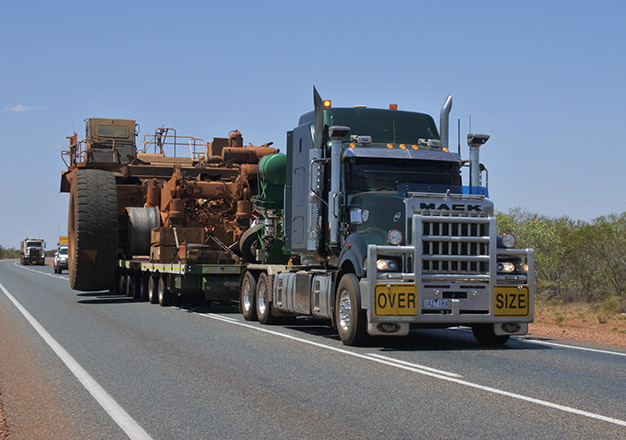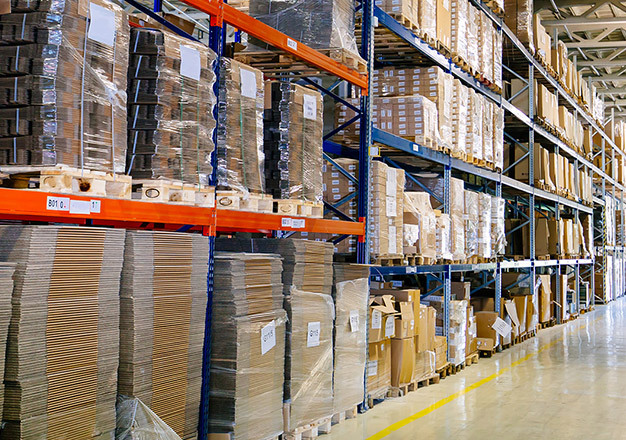Whether this is your first time exporting goods or you are a seasoned exporter seeking to streamline your shipment process, this blog post is tailor-made for you. With almost a decade of experience working alongside companies of all sizes nationwide, at White Star Logistics, Inc. we know you have a lot on your plate and we understand the demands and time constraints you face. That is why today we have condensed the best practices you should follow to ensure your export drayage is a seamless journey, boosting your team’s efficiency and saving you precious time and money.
If you have any lingering inquiries after reading this post, simply reach out to us at quotes@shipwsl.com – our team is happy to address your specific questions and help with strategic logistics to achieve your drayage export objectives.
What to Do Before You Make a Booking?
Start by gathering all the necessary details about your cargo from the shipper and take the time to compare different Steamship Lines based on price and transit time, as this can greatly impact your overall experience. Next, confirm with the shipper when the cargo will be staged and ready for shipping. This information will allow you to determine the ideal rail/port of departure based on the shipper’s location. Additionally, collaborating with your steamship line (SSL) to book the right equipment, in terms of container type and size for your goods, is key to a successful export journey.
After you’ve made the booking, it’s important to be aware of important dates related to your export. These include:
- Document & Port Cut-Off – The document cut-off date is the latest date to provide documentation for the export, and the port cut-off date is the last date that the full container can be delivered to the port/rail terminal in order to make the schedule that you requested. Port Cut-off date is usually two days before the expected departure date, but it will vary depending on the carrier and the port.
- Verified Mass Gross (VMG) Cut-Off – The VMG is the weight of the cargo including dunnage and bracing plus the tare weight of the container carrying this cargo, and its cut-off is 24 hours prior to the estimated arrival time of a vessel.
- Earliest Receive Date (ERD) – The ERD is the earliest date you can deliver a full container to the port/rail, which is usually five to seven days prior to its cut-off.
Benefits
Knowing these dates and what they mean will help you plan and coordinate your drayage logistics effectively. Make sure to contact the empty equipment pickup facility provided by the SSL to confirm equipment availability before dispatching your order to your vendor provider. Staying informed is a must – ensure you receive updates from the SSL, as vessel schedules can change, potentially affecting your ERD and cut-off times.

Keep in mind that communication is key throughout the entire process, that is why informing your drayage vendor of all the essential dates and providing them with your shipper’s contact information is vital. By doing so, they can be proactive and plan loading appointments within the allowed time frame. It’s also crucial to plan for contingencies, so booking with a SSL that has another vessel available close to the one you selected is beneficial. This way, if unexpected issues arise, such as breakdowns, inclement weather, or staff shortages, you have the flexibility to roll the booking and minimize the impact on your arrival at the final destination.
You already know that meeting deadlines is paramount, that is why we suggest you take the time to review the SSL’s deadlines for all documentation, in particular for special cargo that require earlier submission than general cargo, such as:
- Break Bulk
- Out of Gauge (OOG)
- Automobiles
- Hazardous
- Reefer Cargo
Additional Considerations for Your Export Drayage:
- If you’re dealing with rail shipments, it’s crucial to provide accurate information for the empty pickup location and full return rail ramp to your drayage provider. Misleading information can result in unnecessary charges.
- Make sure you have the contact information for all key parties involved, including the SSL, empty depots, shipper, full return rail ramp, and drayage partner.
- For rail billing, remember that the request must be sent to the SSL at least 2-3 business hours before the delivery of the loaded container. Your drayage vendor can handle this process on your behalf.
#WSLProTips
Now, let’s dive into some pro tips that can truly enhance your export drayage experience. When dealing with cargo that is situated far away from the port or rail terminals, consider the advantages of transloading as a cost-effective solution. At White Star Logistics, we proudly provide top-notch transloading facilities that can greatly enhance your overall efficiency. Additionally, to further maximize your efficiency, employing “street-turning” equipment can be highly beneficial. This innovative concept involves promptly utilizing an empty container for another load right after an unload, eliminating the need for an unnecessary return trip to the rail yard or ocean terminal. By implementing these expert tips, you can truly optimize your export drayage operations.
We hope you found these best practices helpful in optimizing your export drayage process. If you are already implementing some of them, congratulations on taking proactive steps towards success. However, if you realize that your current export strategy needs adjustment or if you simply prefer the expertise of a trusted team to handle all your logistics needs, contact us today. Our dedicated White Star Logistics team is ready to provide you with personalized assistance and guidance; take the first step by getting your free quote, and let us navigate your logistics challenges together.





